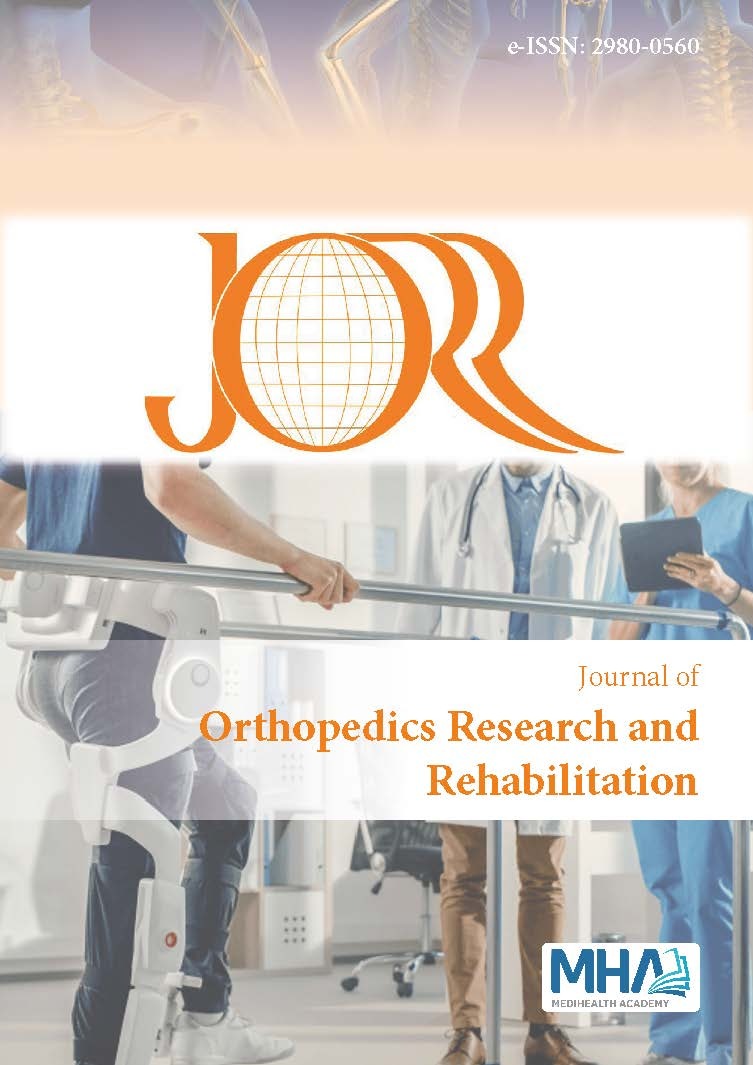Journal of Orthopedics Research and Rehabilitation
The Journal of Orthopedics Research and Rehabilitation welcomes scholarly papers inorthopaedic surgery, physical therapy and rehabilitation, neurosurgery, neurology and clinic anesthesiology and reanimation. This journal is indexed by indices that are considered international scientific journal indices (DRJI, ESJI, OAJI, etc.). According to the current Associate Professorship criteria, it is within the scope of International Article 1-d. Each article published in this journal corresponds to 5 points.

